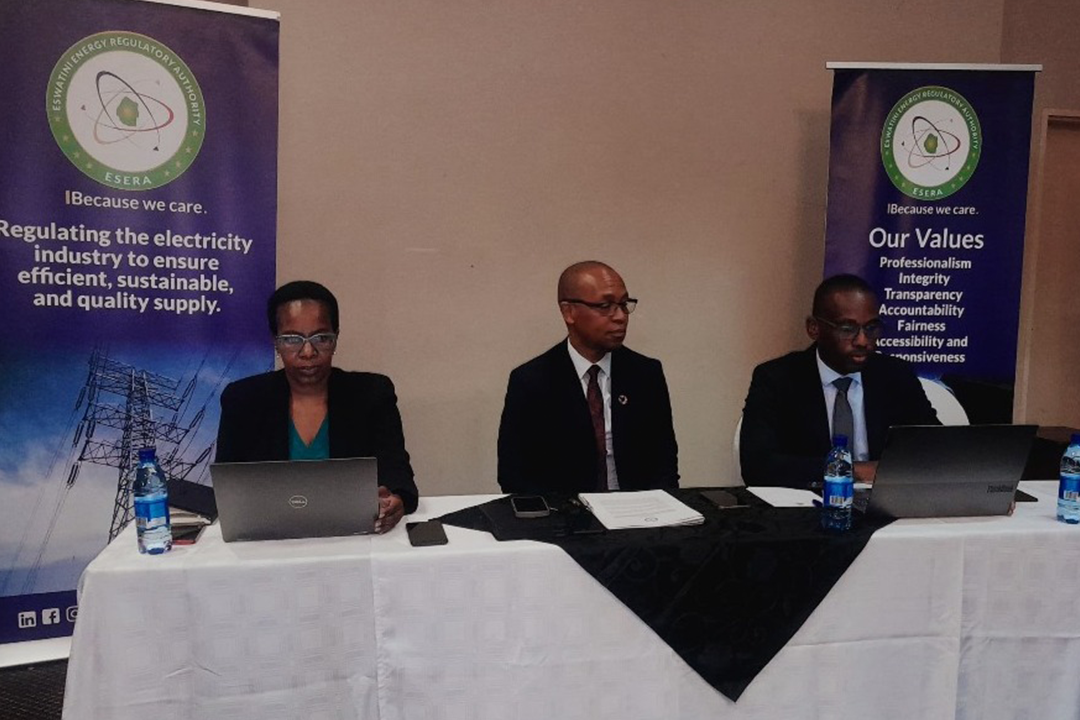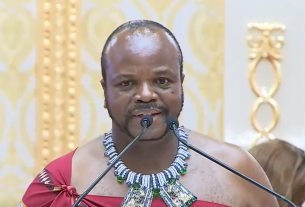BY MBONO MDLULI
MBABANE – The Eswatini Energy Regulatory Authority (ESERA) has significantly reduced the initially proposed electricity tariff hike from 25.99 per cent to 14.67 per cent for the 2025/26 financial year.
Similarly, the proposed tariff hike for 2026/27 has been lowered from 31.90% to 10.91%. This announcement was made by ESERA Chief Executive Officer (CEO) Sikhumbuzo Tsabedze on February 3, 2025, during a press briefing held at Mountain View, Mbabane.
EEC’s Proposal vs. ESERA’s Approval
The Eswatini Electricity Company (EEC) had initially proposed a 25.51% increase for 2025/26 and a 27.06% hike for 2026/27. However, after conducting nationwide consultations, ESERA approved an average tariff increase of 14.67% for 2025/26 and 10.91% for 2026/27.
According to Tsabedze, the domestic tariff will increase by 14.12%, while energy charges for corporate time-of-use and non-time-of-use customers will rise by 14% in both financial years. Additionally:
- Demand charges will increase by 14%.
- Time-of-use and non-time-of-use facility charges will increase in line with the approved inflation rate: 5.02% for 2025/26 and 4.86% for 2026/27.
- The lifeline tariff increase has been capped at 7.35%, considering the vulnerability of this category to socio-economic challenges.
The 2025/26 tariff adjustments will take effect from April 1, 2025, while the 2026/27 adjustments will be implemented from April 1, 2026. Notably, these changes exclude any taxes or levies enacted as of the approval date.
Impact on Consumers
These adjustments will affect how much electricity consumers receive for their money:
- General Consumers:
- Currently, E100 buys 43 units (levy inclusive).
- In 2025/26, E100 will buy 38 units.
- In 2026/27, E100 will buy 33 units.
- Lifeline Customers:
- Currently, E100 buys 72 units (levy inclusive).
- In 2025/26, E100 will buy 67 units.
- In 2026/27, E100 will buy 62 units.
- Small Businesses (e.g., spaza shops, churches, etc.):
- Currently, E100 buys 36 units, with facility charges at E189 per month.
- In 2025/26, E100 will buy 32 units, with facility charges at E198.51 per month.
- In 2026/27, E100 will buy 28 units, with facility charges at E208 per month.
Factors Behind the Decision
Tsabedze explained that ESERA’s decision was influenced by several key factors, including:
- Public Consultations: The Authority received substantial public participation in the tariff adjustment discussions.
- Power Import Costs: The rising power import rates, particularly Eskom tariffs approved by South Africa’s National Energy Regulator (NERSA), which were 74% for 2025/26 and 5.36% for 2026/27, along with additional charges from the Power Purchase Agreement (PPA) between EEC and Eskom.
- Regulatory Clearing Account Balances:
- E80 757 017 under-recovery for the 2022/23 financial year.
- E51 109 998 over-recovery for the 2023/24 financial year.
- Depreciation Recoveries: An amount of E255 196 413 from 2014/15 to 2020/21 is to be refunded to customers.
EEC’s Revenue Requirements vs. ESERA’s Approval
- EEC requested E4 463 259 080 for 2025/26, but ESERA approved E3 462 691 721.
- EEC requested E4 847 212 861 for 2026/27, but ESERA approved E3 683 036 332.
This decision aims to strike a balance between affordability for consumers and ensuring the sustainability of electricity supply in Eswatini.




